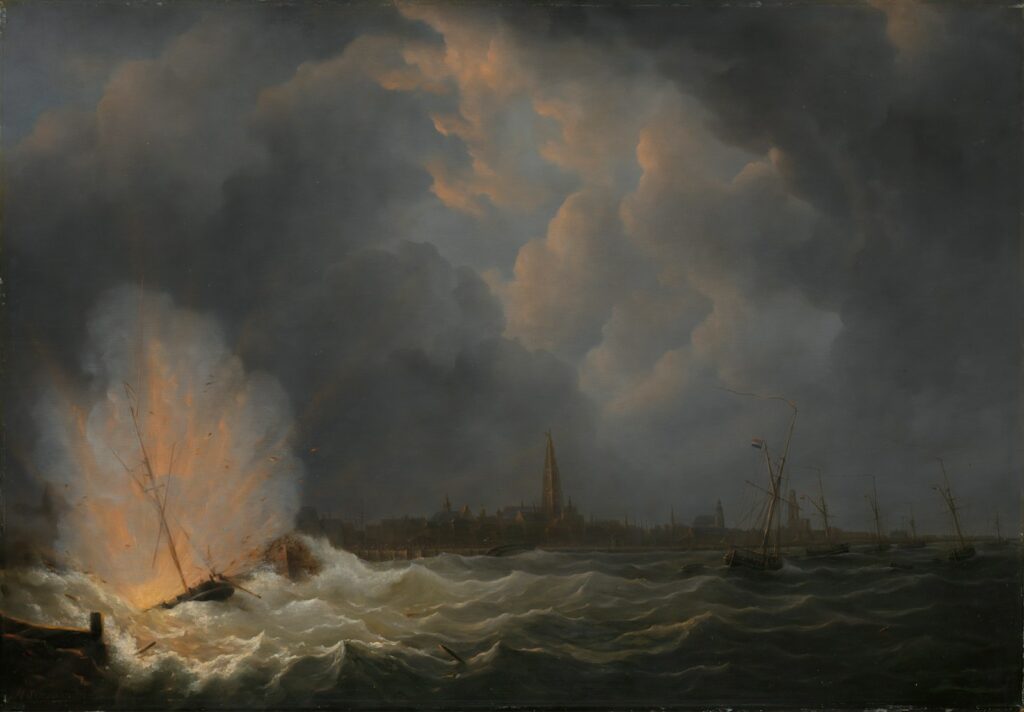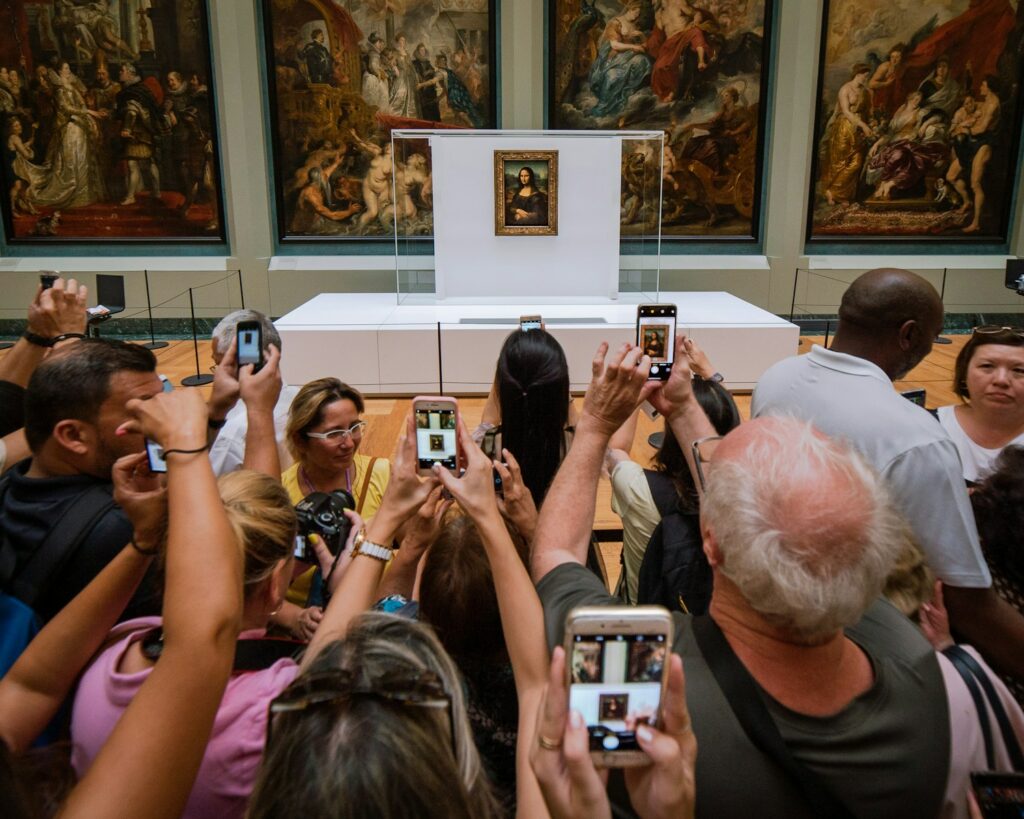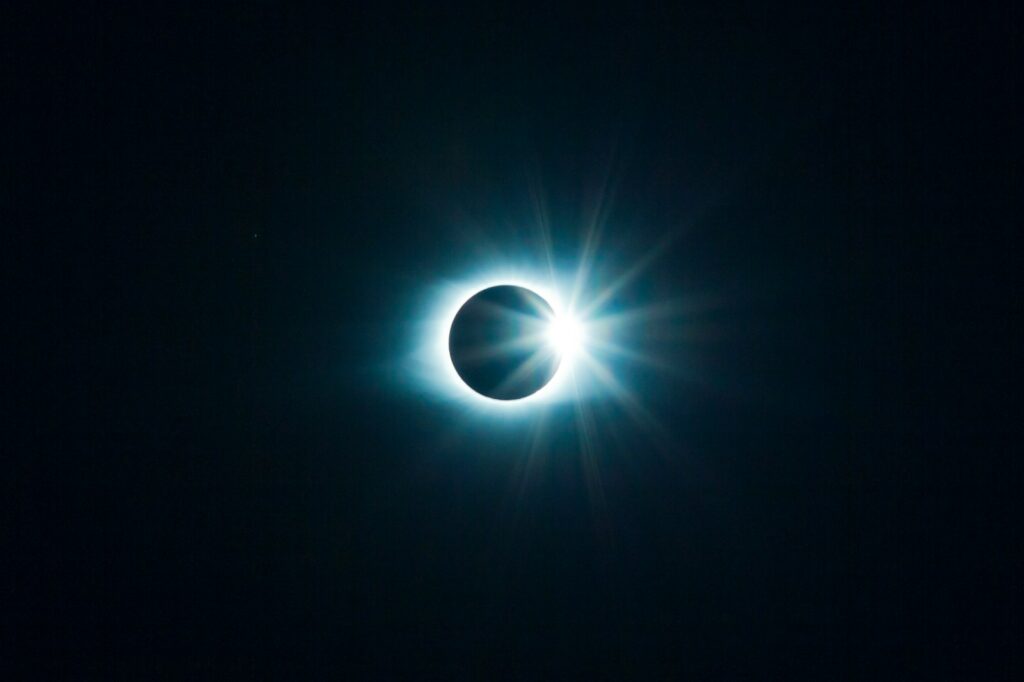The sea, a boundless source of inspiration, has long captivated the human imagination. Its vastness, beauty, and terror have influenced countless works across various mediums—literature, film, and music—each exploring the multifaceted relationship between humanity and the marine world. Sailing, as a bridge between humans and the sea, serves not just as a physical journey across water, but also as a metaphor for life’s voyage, with its inherent challenges, solitude, and moments of profound realization. This in-depth article embarks on an exploratory voyage into how sailing and the sea have deeply influenced art, culture, and creativity, offering a window into humanity’s enduring fascination with the ocean’s mystique.
Literature: Charting the Human Condition Through Seafaring Narratives
The tradition of seafaring literature is as old as literature itself, with ancient texts like Homer’s The Odyssey setting the stage for millennia of storytelling that uses the sea as a canvas to explore human virtues, vices, and existential quests. The sea in literature often mirrors the human psyche, with its serene surfaces and turbulent depths, serving as a metaphor for life’s unpredictability and the inner turmoil of characters.
In the 19th century, Moby-Dick by Herman Melville emerged as a seminal work that encapsulated the essence of man’s battle against the elements and his own inner demons. Through Captain Ahab’s obsessive pursuit of the white whale, Melville delves into themes of obsession, revenge, and the futile struggle against an indifferent universe, making the ocean a central character in this epic tale.
The early 20th century saw The Old Man and the Sea by Ernest Hemingway, which pared down the human-ocean narrative to its bare essentials. In this Pulitzer Prize-winning novella, the sea is both a provider and an antagonist, reflecting the protagonist’s inner journey towards grace under pressure, a key Hemingway ethos. This work stands as a testament to the indomitable human spirit, using the art of sailing and the majesty of the sea as backdrops for a meditation on aging, loss, and perseverance.
Cinema: The Sea as a Stage for Visual Storytelling
Film, with its visual and auditory richness, offers a unique medium to capture the sea’s vastness and the intimate dramas that unfold on its waters. Master and Commander: The Far Side of the World (2003), directed by Peter Weir, is a masterclass in using the sea as a setting for exploring themes of leadership, camaraderie, and the human spirit’s resilience. Based on Patrick O’Brian’s Aubrey-Maturin series, the film combines historical detail with the visceral experience of naval warfare, bringing to life the tactical and existential challenges of sailing in uncharted waters.
Conversely, All Is Lost (2013), starring Robert Redford, strips the seafaring narrative to its most elemental, focusing on a lone sailor adrift at sea, battling the elements in a fight for survival. The film’s minimalist approach, devoid of dialogue for the most part, highlights the primal relationship between human and nature, underscoring the sea’s role as both a life-giving force and an indifferent adversary.
Music: The Ocean’s Rhythms in Melodic Forms
Music’s ethereal quality allows it to capture the sea’s essence in ways that words and images alone cannot. Classical composers like Claude Debussy in La Mer and Benjamin Britten in Four Sea Interludes have employed orchestration to mimic the sea’s dynamics, from the gentle lapping of waves to the fury of a storm, translating the ocean’s ever-changing moods into sound.
The maritime tradition is also preserved in folk music through sea shanties, which served practical purposes on sailing ships but have transcended their origins to become cultural artifacts. These songs, with their repetitive rhythms and communal singing, evoke the labor, camaraderie, and longing of life at sea, preserving the oral history of sailors’ experiences.
Contemporary music genres continue this legacy, with artists like The Beach Boys and Jimmy Buffett using sailing and the sea as metaphors for freedom, escape, and introspection. Their works reflect a modern longing for connection with the natural world, using the imagery of sailing to explore themes of love, nostalgia, and the search for meaning in an ever-changing landscape.
 The Sea’s Eternal Call
The Sea’s Eternal Call
The sea’s influence on art and culture is a testament to its power to inspire, challenge, and reflect the human experience. Through literature, cinema, and music, the art of sailing transcends its physical boundaries, becoming a vessel for exploring the depths of the human heart and the universal quest for understanding our place in the world. These works not only celebrate the adventurous spirit of those who navigate the world’s waters but also delve into the philosophical and existential questions that the vastness of the sea evokes in all of us.
As we continue to chart our course through the digital age, the timeless allure of the sea and the art it inspires remain as vital as ever, reminding us of the enduring power of nature to shape our narratives, dreams, and reflections. In the end, the sea’s call is a call to adventure, a call to reflection, and above all, a call to life itself—a call that resonates deeply within the human spirit, urging us to explore not just the physical horizons but the limitless landscapes of our imagination and soul.




